It's easy to spot fake money if you know what to look for

How Can You Tell if Money Is Fake—Before You Get Duped?

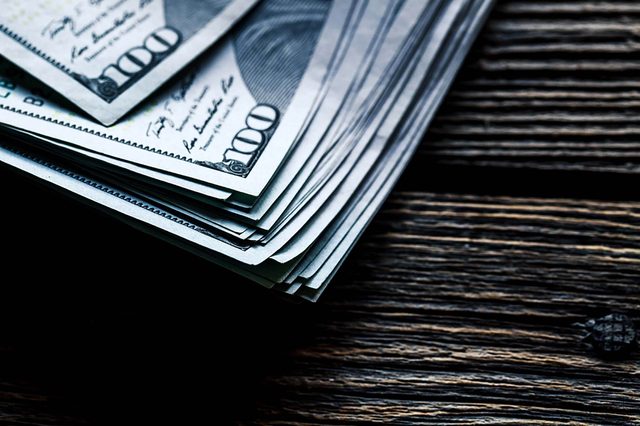
Get a feel for it
One of the first things you might notice about a counterfeit bill is that it just feels … off. “They tend to be more glossy or have a more smooth feel,” says Trent Everett, assistant director of the Office of Strategic Intelligence and Information at the United States Secret Service. Unlike the cotton-linen blend that real dollars are made of, fake bills are often made of high-quality paper, according to Susan Fortunato, assistant chief of the Counterfeit Branch at the Secret Service.
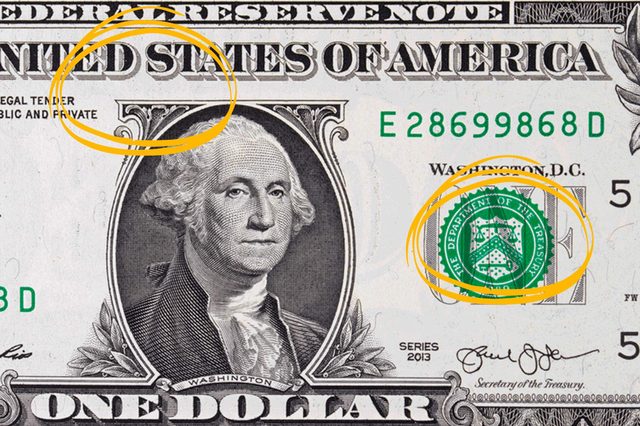
Look at the color
Counterfeiters typically use an inkjet printer to print fake money, so they can have a hard time getting the color just right. The color might be brighter than it should be, but typically the phony dollar bills will look a bit too dark, says Alex Reichman, founder of counterfeit detection and security solutions company iTestCash.com.
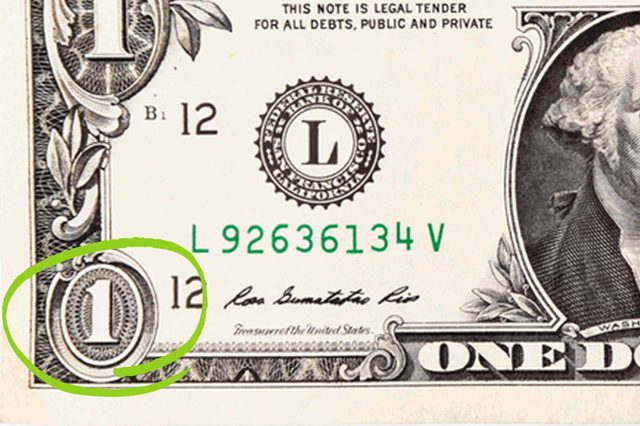
Test the color-changing sections
Take a look at the denomination number in the bottom right corner of a $10, $20, $50 or $100 bill. It should appear copper when you hold it straight up and down. Now tilt it 45 degrees away from you—the color will change to green on a real piece of U.S. currency. If you happen to have a $100 note, pay attention to the brown picture of the Liberty Bell over a lighter brown inkwell. When you tilt the bill, that section will change, too. “The brown stays brown, and the bell jumps out because it turns green,” says Fortunato. If it stays one color, you have counterfeit money in your hands.
If you’re wondering about the $1 and $5 bills, they have basic security measures, but not this specific color-changing ink in the bottom right number.
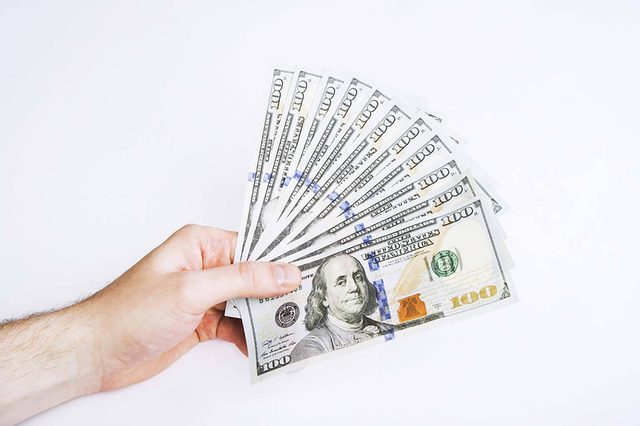
Hold the bill to the light
Every note $5 and up has other security features that aren’t visible right off the bat. Hold your bill against the light, though, and you’ll see some new developments. Real bills have a security thread that goes in a straight line from top to bottom. Plus, you should see watermarks: On a $5 bill there will be watermarks of the numeral “5,” and larger bills will have a watermark of the front portrait visible on both sides of the bill. If you don’t see these marks, you have an imposter. “In most counterfeits, those are missing altogether,” says Fortunato.
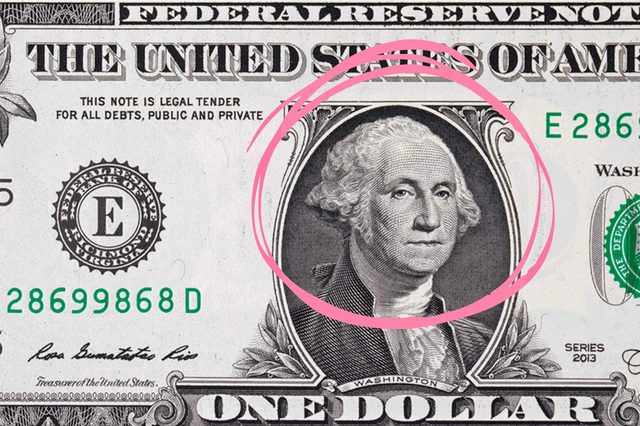
Check the portrait quality
When the U.S. government prints money, they use a process called intaglio printing to put the pictures on the bills. The ink goes in the engraved areas, instead of on the raised areas of the plate, like an inkjet would use. That’s why fake bills look flat, while real ones have an almost 3D quality, says Fortunato. “It’s sort of like looking at a painting vs. looking at a picture,” she says. “There’s a third dimension there that allows you to get more shading and a lifelike look.”
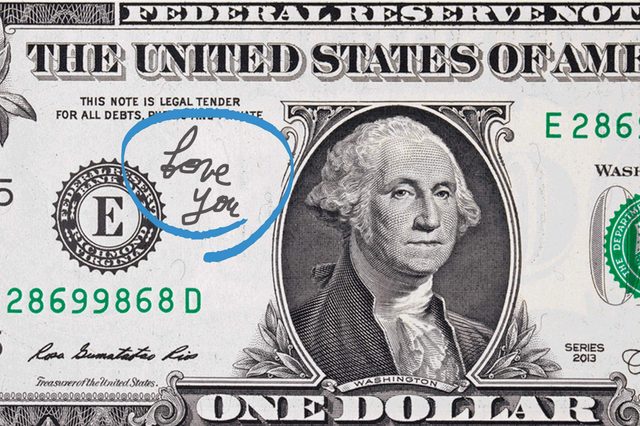
Hunt for weird phrases
Normally, the top right corner on the front says “The United States of America,” but at second glance, says Everett, you might notice some counterfeit money says something weird, like: “For Motion Picture Use Only.” By law, prop money made for movies needs to be either bigger or smaller than a real bill, and have only one side printed. Some sets don’t follow those rules, though, and print convincing fake bills for the screen. Once filming wraps, that fake money could end up on e-commerce sites.
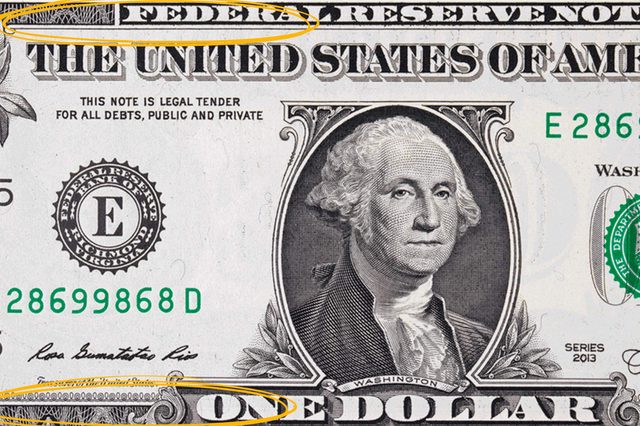
Check the border
Because the borders are so intricate, a counterfeiter’s bad print job might mess it up. “It could look dotty or not totally straight,” says Reichman. The line could also look blurry, or the color could be darker than normal.
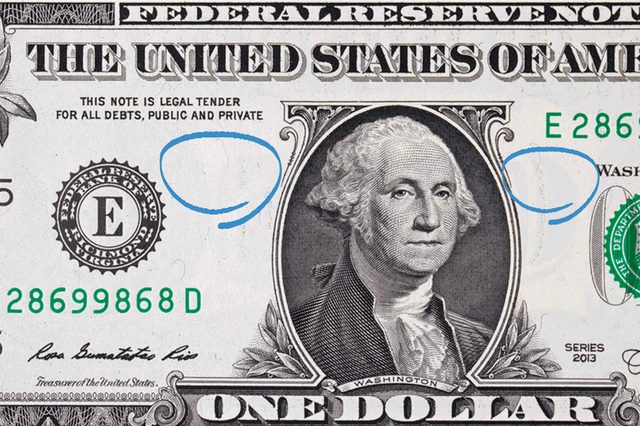
Pick at the fibers
Give the white space on your bill a closer look. The cotton-linen blend of U.S. currency has little blue and red threads woven randomly in each note. Sometimes the fibers will even poke out a bit. It might be hard to tell without a magnifying glass, but on a fake bill those “threads” will just be printed on the paper. “If you look closely … you could scratch through it,” says Fortunato. “On a genuine bill, you would be able to pick it up out of the paper itself.”
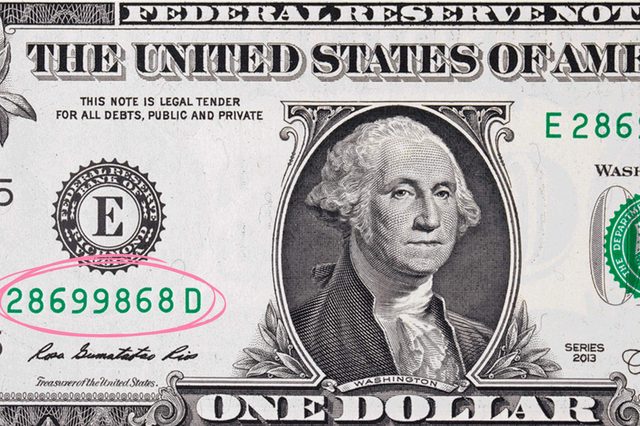
Compare the serial number to other bills
If you’re suspicious of the big stack of cash you just received, double check the serial numbers. Most counterfeiters make multiple copies of the same bills. They might have three or four originals, but some will have just one, and every fake note will have the same serial number. “It might be odd if multiple bills have the exact same serial number,” says Fortunato.
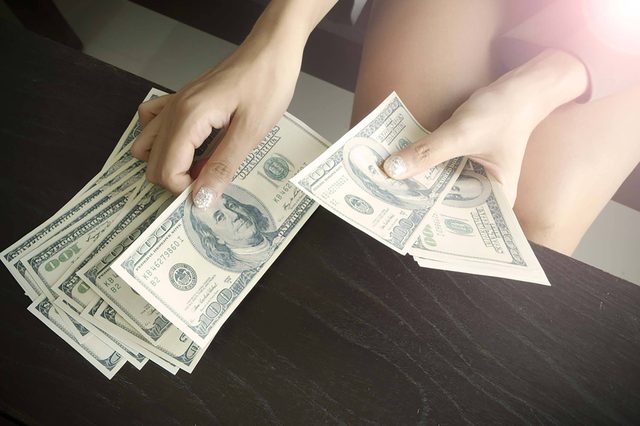
Keep your guard up
Whether you’re holding a yard sale or selling an old car, be cautious when taking cash from strangers. Sure, you’ll always want to be careful if you’re accepting hundreds or thousands of dollars in cash, but even little splurges could leave a chance you’re getting duped. “A big red flag is someone trying to purchase something of low value in high denominator bills and want change,” says Everett. Keep your eye out for the signs of counterfeit bills before you accept the money.
About the experts
|
Why trust us
At Reader’s Digest, we’re committed to producing high-quality content by writers with expertise and experience in their field in consultation with relevant, qualified experts. We rely on reputable primary sources, including government and professional organizations and academic institutions as well as our writers’ personal experiences where appropriate. We verify all facts and data, back them with credible sourcing and revisit them over time to ensure they remain accurate and up to date. Read more about our team, our contributors and our editorial policies.
Sources:
- Trent Everett, assistant director of the Office of Strategic Intelligence and Information, U.S. Secret Service
- Alex Reichmann, CEO of iTestCash
- Susan Fortunato, assistant chief in the counterfeit branch, U.S. Secret Service


















